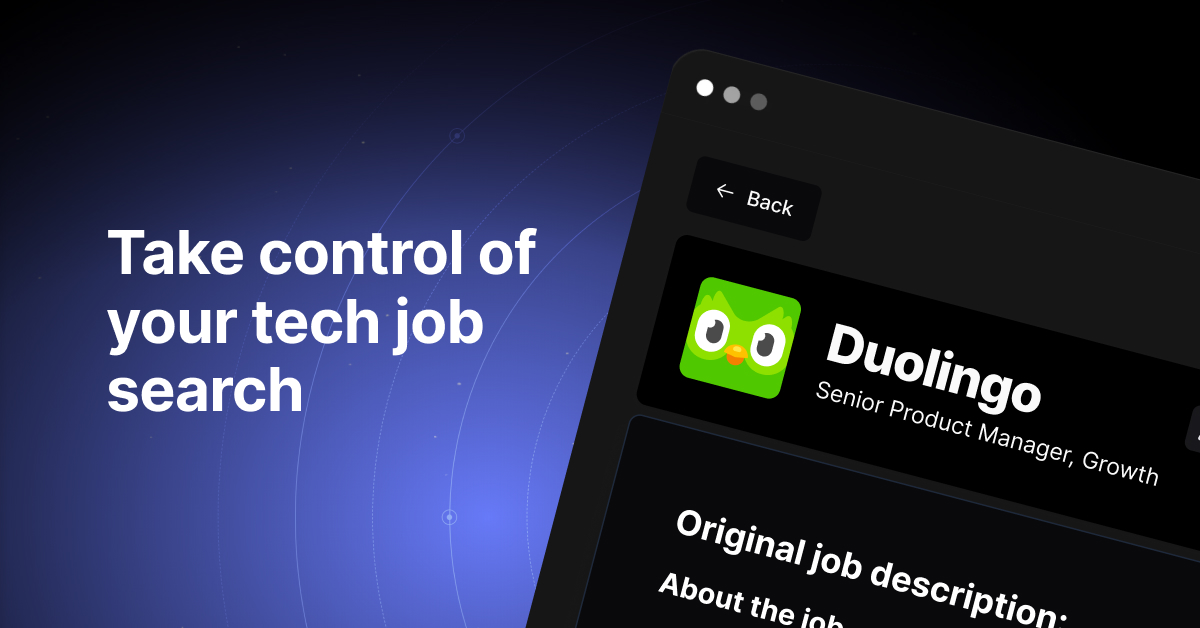How to present an empty view in flutter?

📝 Title: How to Present an Empty View in Flutter without Returning Null 😄📱💡
Hey there, Flutter enthusiasts! 👋 Are you struggling to present an empty view in your Flutter app without returning null? Don't worry, you're not alone! 😅 In this blog post, we'll dive into the common issue of representing an empty view in Flutter and provide easy solutions to help you overcome this challenge. Let's get started! 🚀
The Dilemma 😕
One of the common practices in Flutter is building UI widgets using the build method. However, a challenge arises when you want to display an empty view while ensuring that Widget.build doesn't return null. The question is, how do you tackle this situation? 🤔
The Problem Explained 🤓
The Flutter framework doesn't allow returning null from the build method as it expects a valid widget to be rendered. Consequently, directly returning null to indicate an empty view simply won't work. 😫
Easy Solutions 💡
No worries, my fellow Flutter enthusiasts! We have a few easy solutions to help you present an empty view without resorting to returning null from the build method. Let's check them out: 🌟
Solution 1: Wrap it in a Container 📦
Simply wrap your desired empty view in a Container widget with zero dimensions. This effectively presents an empty view while still providing a valid widget to Flutter. Let's take a look at an example:
Widget build(BuildContext context) {
if (someCondition) {
return // your normal widget here
} else {
return Container(); // empty view
}
}Solution 2: Utilize an Empty Container Widget 🗑️
Wouldn't it be great to have a reusable widget specifically designed for empty views? Well, good news - you can create your own! Here's a useful example of an EmptyContainer widget:
class EmptyContainer extends StatelessWidget {
final Widget child;
EmptyContainer({required this.child});
@override
Widget build(BuildContext context) {
return someCondition ? child : Container();
}
}You can then use it like this:
Widget build(BuildContext context) {
return EmptyContainer(
child: // your normal widget here,
);
}Solution 3: Leverage the Visibility Widget 👀
Another approach is to make use of the Visibility widget. By setting the child property to null, you can achieve the desired empty view. Check it out below:
Widget build(BuildContext context) {
return Visibility(
visible: !someCondition, // show empty view if the condition is true
child: // your normal widget here,
);
}You Did It! 🎉
Congratulations! You've learned three easy ways to present an empty view in Flutter without returning null. Now you can confidently represent empty states in your Flutter app with style. You're awesome! 💪😎
Conclusion: Keep Fluttering On! 🚀
Next time you face the challenge of presenting an empty view in Flutter without returning null, fear not! Remember these handy solutions: wrap it in a container, utilize an empty container widget, or leverage the visibility widget. With these techniques, you'll wow your users with sleek empty views. Embrace the Flutter way and keep on fluttering! 💙
Now it's your turn! Share your thoughts, experiences, or any other tips you have to tackle empty views in Flutter. We'd love to hear from you! 😊💬
Happy coding and happy Fluttering, everyone! ✨💻🔥
Remember to follow us for more exciting Flutter tips and tricks! 📚💡 And if you found this blog post useful, share the knowledge with your fellow Flutter enthusiasts! Let's spread the Flutter love! 🚀❤️
Take Your Tech Career to the Next Level
Our application tracking tool helps you manage your job search effectively. Stay organized, track your progress, and land your dream tech job faster.



